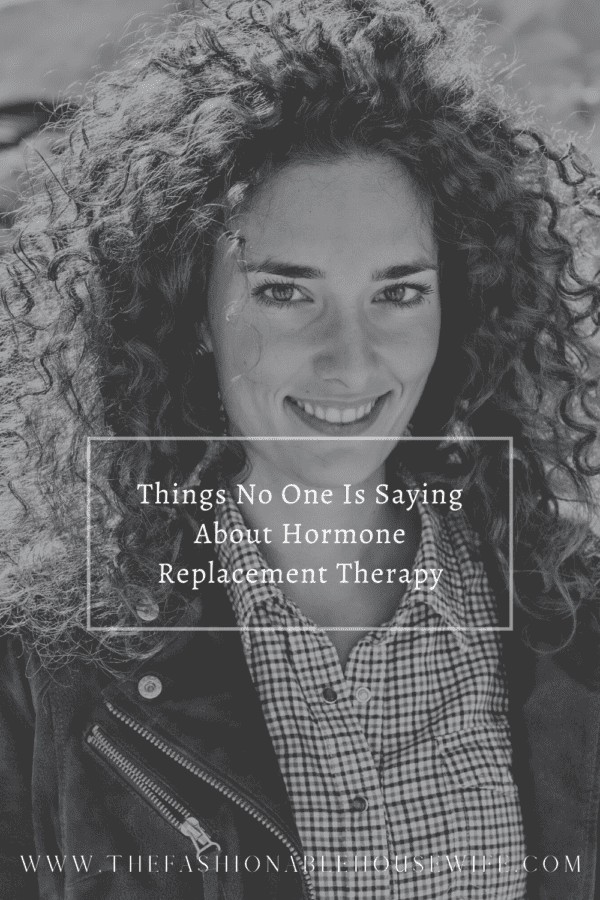
It is possible to balance estrogen and progesterone levels during or near menopause with hormone replacement therapy (HRT). Additional sex hormones may also be prescribed for a variety of other reasons.
Menopause hormone therapy may help relieve sweating, hot flashes, and other symptoms of menopause. Osteoporosis may also be reduced.
HRT can contain both progesterone and estrogen, or only estrogen. They may also contain testosterone. Learn about hormone replacement therapy’s types, uses, and risks below.
Common Uses of HRT
It is possible to address a wide range of issues with hormone treatments.
It depends on prescribing this form of treatment what hormone combination and dosage is appropriate.
Menopause
Menopause is not a disease; its the transition between a female’s reproductive years and the next stage of her life. Menopause is not usually treated in many people. However, a variety of treatment approaches are available if the transition causes troubling or distracting symptoms.
During menopause, many women experience:
- Night sweats and hot flashes
- Dry vaginal skin
- Osteoporosis or bone thinning
- Incontinence
- Hair loss
- Sleep issues
- Changes in mood
- Irregular periods
- Memory and concentration problems
Some of the above symptoms can be managed with HRT.
HRT may also help with:
- Muscle function is improved
- Reducing the risk of heart attacks and heart failure
- Reducing mortality in young postmenopausal women
- Some people can prevent the aging of the skin when used cautiously.
Hormones and menopause
Throughout each month, females’ progesterone and estrogen levels fluctuate, contributing to the menstrual cycle.
A person’s levels also change throughout their lifetime.
Perimenopause
After women turn 40, estrogen and progesterone levels begin to decline, but menstruation continues for a while. It is also possible for hot flashes and other menopause symptoms to appear. The chances of becoming pregnant diminish with time as long as menstruation continues. Perimenopause usually lasts seven years, but it can last up to 14 years.
Twelve months after the last period, a woman enters menopause. In the United States, this usually happens at the age of 52. Without medical assistance, it is no longer possible to become pregnant after menopause.
Menopause is experienced differently by everyone, but hot flashes, mood swings, and other symptoms are common.
A study from 2015 shows that vasomotor symptoms, such as hot flashes, are present in more than half of women.
- Over seven years
- Before the end of the month
- Approximately 4.5 years after menstruation has ended
HRT can help manage the symptoms during this time.
Early menopause
Some people experience menopause earlier than others, and HRT can be helpful if this happens to them.
Early transitioners may:
- Having had the uterus, ovaries, or both surgically removed
- Some cancer types exist
- Genes or chromosomes play a role
- People with certain autoimmune diseases
- Smoking
- Sometimes, the transition begins without any apparent reason.
Ask your doctor if early menopause is likely if you’re having surgery or another treatment that will affect your reproductive system. If a person needs treatment, a doctor can explain the options available to them.
HRT types
Hormone replacement therapy to fight menopause can be delivered in many different ways, and different types and amounts of hormones are available.
Types include:
Your provider may prescribe it if you have had your uterus and ovaries removed in this case, progesterone is not needed.
The cyclical, or sequential, HRT, can be an option if symptoms begin before menopause; dosages can be adjusted according to the menstrual cycle.
An estrogen and progesterone continuous combination may be prescribed after menopause.
It is possible to treat urogenital symptoms, including dryness and irritation of the vaginal area, with local estrogen.
HRT can be delivered in several ways: creams or gels, tablets, vaginal rings, and skin patches.
The doctor will explain how to stop the treatment gradually once the patient no longer needs it.
Alternatives to HRT
Menopause symptoms can be managed with a variety of lifestyle adjustments. Among them are:
- Limit caffeine and alcohol intake
- Spices should be avoided
- Not smoking
- Regular exercise
- Loose clothing
- Sleeping regularly, if possible
- Preventing night sweats with a fan or cooling gel pad
- Meditation, mindfulness, and yoga can help you reduce stress
- Getting feedback from friends and family
Ask your doctor about non-hormonal treatment options as well.
Menopause symptoms can be eased by taking supplements such as ginseng, black cohosh, red clover, soy, or kava.
Research is still needed to confirm these supplements’ effects.
Herbal treatments are not regulated by the Food and Drug Administration (FDA). It’s unsure whether a product is safe or effective. If in doubt, consult a doctor.



